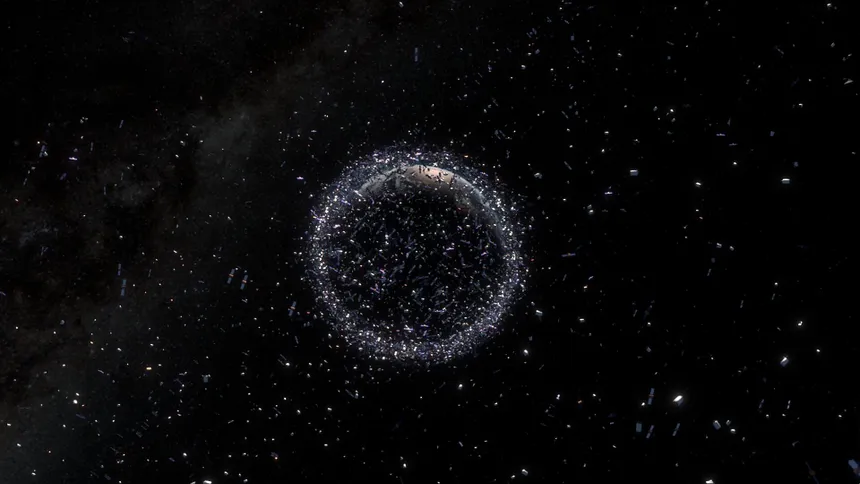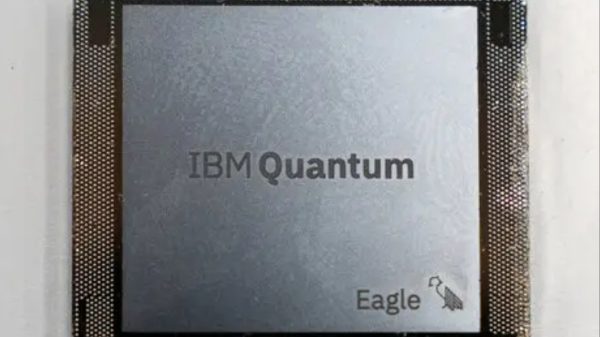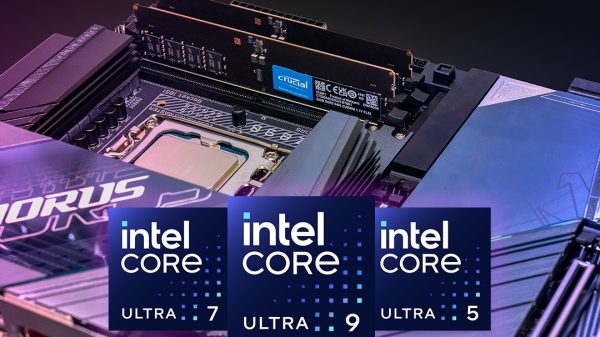As the world becomes increasingly reliant on satellites and space-based technology, the growing amount of space junk orbiting Earth poses a serious threat to these vital spacecraft and crewed facilities like the International Space Station and China’s Tiangong. Made up of spent rocket parts and decommissioned satellites, the debris becomes even more dangerous when it collides at great speed, creating smaller parts that still have the potential to cause enormous damage to humans and functioning machinery in orbit.
To combat this growing problem, various startups have been developing and testing systems aimed at clearing up space junk. Among these is Osaka-based EX-Fusion, a team of researchers working on a system that uses laser beams fired from the ground to knock out pieces of space junk. EX-Fusion has signed a memorandum of understanding with Australian contractor EOS Space Systems, which has technology capable of detecting space junk. The goal is to place a high-powered laser inside an EOS Space observatory near Canberra and fire it intermittently at pieces of Earth-orbiting space junk measuring less than 4 inches (10 centimeters).
This would slow down the debris to a speed where it begins to descend, causing it to burn up as it reenters Earth’s atmosphere at gathering speed. While current laser weaponry often deploys fiber lasers that are able to knock out objects like drones using heat, EX-Fusion’s system uses diode-pumped solid-state (DPSS) lasers that are pulsed to apply force to pieces of junk moving at high speed. This technology is able to “stop it like a brake,” preventing further collisions and reducing the risk of damage to spacecraft and other satellites.

Laser Technology Aims to Clean Up Space Junk
One of the major advantages of this system is that all of the work can be carried out with relative ease from terra firma. Unlike other laser-based efforts, which involve deploying satellites or other space-based tracking systems, EX-Fusion’s system can be controlled and operated entirely from the ground. This simplicity and ease of use could make it a more practical and effective solution for dealing with space junk.
In contrast, other companies and research institutions have proposed more complex and costly solutions to the space junk problem. For example, Japan’s Sky Perfect JSAT has partnered with research institute Riken and others to develop a satellite-mounted laser that will redirect junk, causing it to burn up in Earth’s atmosphere. Other proposals have included space-based magnets, bags, and even harpoons.
Despite the progress being made, it will likely take time for the technology to be refined and tested to ensure its effectiveness. However, the potential benefits of this system make it an exciting and innovative development in the fight against space junk. As the global economy becomes increasingly reliant on satellite technology, it is crucial that we find solutions to this growing problem. EX-Fusion’s laser system, if successful, could provide a simple and cost-effective way to clear up space junk and ensure the continued safe operation of spacecraft and other satellite-based technology.









































